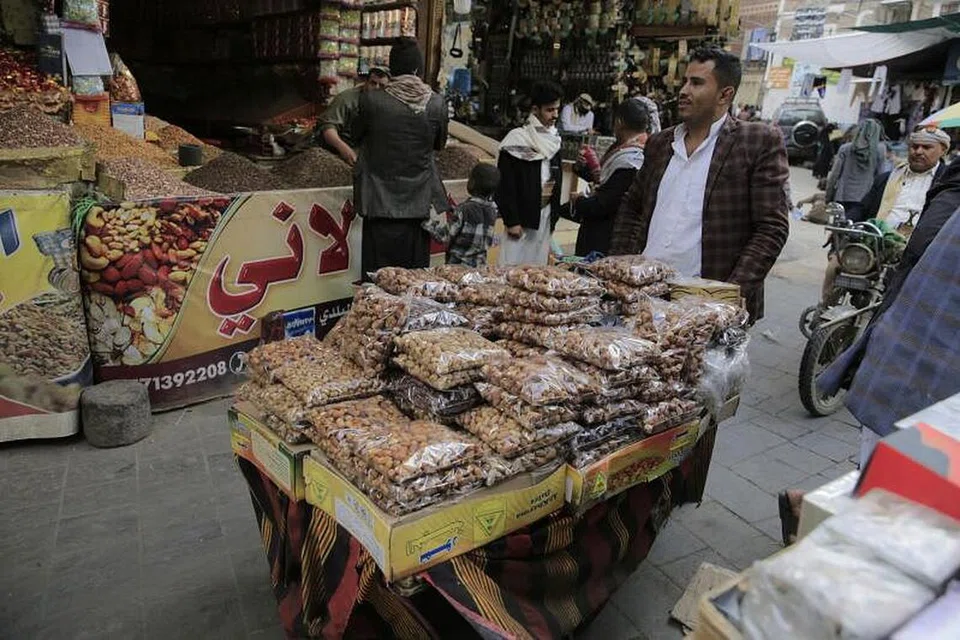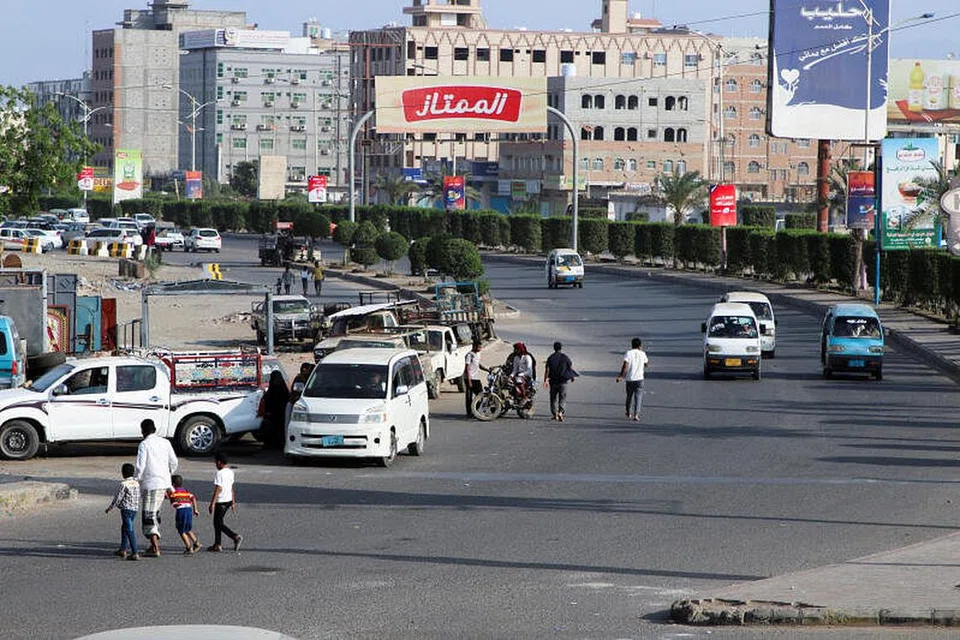Ali, 65 years old, is from Hadhramaut but been living in Aden, Yemen, since the late 1980s. He remembers his best years in Aden as the years before the unification of Yemen. He witnessed the unification of 1990, the civil war of 1994, the proliferation of Northerns in Aden and the recent Yemen war. He yearns for the better days of pre-unification.
Ali blames the North and South Yemen unification for the deterioration of Aden. He feels that Aden has been 'colonised' by the Northern Yemen since unification. He has never supported the "One Yemen" principle and has always supported any movements/calls for separating the South from the North. He is essentially a separatist.
Yemen has had a relatively violent contemporary political history rifled with militant conflicts. Northern Yemen was ruled by a Zaydi monarchy since the Ottoman empire collapsed in 1918 until 1962; when there was an Egyptian backed republican coup. A prolonged civil war between the Egyptian-backed republicans and the Saudi-backed Zaydis engulfed Northern Yemen from 1962 to 1970. The Zaydis maintained their dogma that they have a divine right to rule. The Houthis are Zaydis.
In June 1978, Southern Yemen President Salim Rubai Ali sent a special envoy to Sanaa, North Yemen to meet the (then) North Yemen President; Ahmad bin Hussein al-Ghashm. The envoy had briefcase that supposedly contained a secret message. The briefcase exploded killing Ahmad bin Hussein al-Ghashm and the envoy. A few days later, President Salim Rubai Ali was killed in Aden in a coup.
In January 13th, 1986 when the South Yemen Socialist Party politburo were having a meeting, the bodyguards of Ali Nasir Muhammad opened fire on the other members resulting in a mayhem gunfire from all sides as everyone at the meeting room was armed. The in-fighting spilled over to the city with factions fighting for 12 days with thousands of casualties. Ali Nasir Muhammad and his supporters lost and fled to North Yemen. The Yemen people have been accustomed to violent political fighting.
The current civil war in Yemen might have started as Houthi rebels overthrowing the legitimate government in Sanaa. The legitimate government moved to Aden and are engaged in armed conflict with the Houthis to regain control of the whole Yemen. The one Yemen principle is withheld by the legitimate government; made up of Southerners and Northerners.
A major player that emerged, during the civil war, is the Southern Transitional Council (STC) separatists under Aidarus al-Zoubaidi leadership, with Aden as their base. Their call is for South Yemen to be separated as an independent state ruled by Southerners. The separation call has captured Ali's heart. The other ideologies and the manifesto of the Southern Transitional Council is secondary.
There are many 'Alis' in South Yemen. They are dreaming of a return to a separate independent South Yemen. These people are providing the main support for the STC. Currently, no other group exists that is calling for independent South Yemen. The day such a group emerges could result in divergence of ground support for STC. A new movement, in initial stages, is the call for an autonomous Hadhramaut.
The call for autonomous Hadhramaut is not unified in the formula of autonomy they are seeking. The autonomy call ranges from a fully independent state to an autonomous region under the National Dialogue Conference of 2013/2014, to an autonomous region in a new federal Yemen under the legitimate government, to an autonomous region under a separate South Yemen. The reference to the current legitimate government, and in particular the reference to the failed National Dialogue Conference is driving support away from the autonomous Hadhramaut movement to the STC. The Hadhrami separatists, like Ali, continue to support the STC. The autonomous Hadhramaut movement leadership need to be more explicitly unified and clear on the form of autonomy sought.
Ali is currently in Kuala Lumpur to attend his niece wedding. His brother has been living in Kuala Lumpur for years and was living in Saudi Arabia since the 1980s. The brother never lived in Aden but grew up in Hadhramaut. He sees Hadhramaut as being 'occupied' by the central government in Aden since independence in 1967. He is a firm supporter of an independent state of Hadhramaut. He is typical of many Hadhramis in the diaspora. The Hadhrami diaspora allegiance is to Hadhramaut, not to Yemen. Most of them support an independent Hadhramaut. The autonomous Hadhramaut movement need to appreciate and capitalise on this.
Hadhramaut traditionally had two sultanates: the Kathiri Sultanate and the Qu'aiti Sultanate. Both were British protectorates, with the port of Aden as a British colony. When the British left Aden, they withdrew their protection of Hadhramaut, and the Republic of Southern Yemen was created. The sentiment of many (like Ali's brother) is that Hadhramaut has been annexed/colonised by the Aden government since 1967 independence.
The leaders of the autonomous Hadhramaut movement need to take a leaf from the Armenians, who waited almost a century to reclaim the right to rule themselves. Hadhramaut as a state, has been half a century ruled by 'outsiders'. The people of Hadhramaut are distinct from the rest of Yemen. They have their own history and culture, which is different from the other parts of Yemen. Hadhramaut has been under an independent rule until 1967.
The STC want to go back to 1990 status (pre-unification) and the Hadhramaut movement needs to be more explicit in asking for pre-1967 status. Hadhramaut can call for a democratic constitutional sultanate. The kathiri and Qu'aiti sultanates could merge with Shabwa and Mahra to form a federal union. The leadership of the movement for Hadhramaut autonomy need to be unified on a joint stance.
The writer is Head of Applied Projects, Singapore University of Social Sciences (SUSS) and honorary secretary of the Singapore Arab Association (Al-Wehdah).
This article was first published in Malay in Berita Harian.


Khidmat pelangganan
6388-3838Meja Berita
Anda ada maklumat mengenai sesuatu berita menarik?
E-mel: bhnews@sph.com.sg




